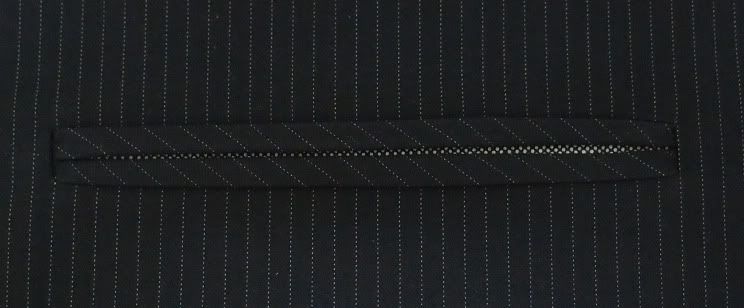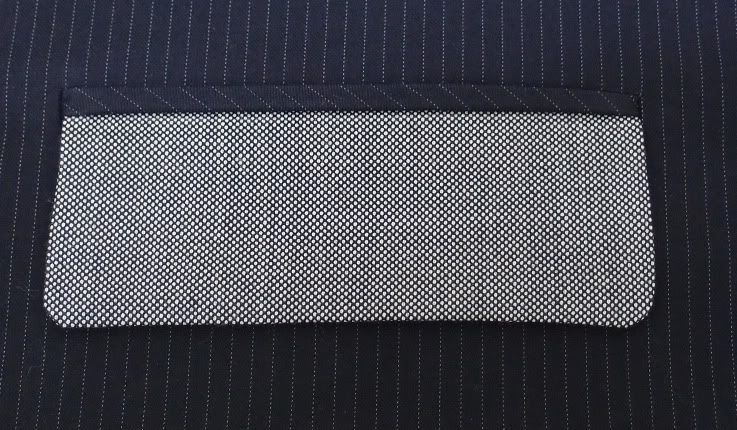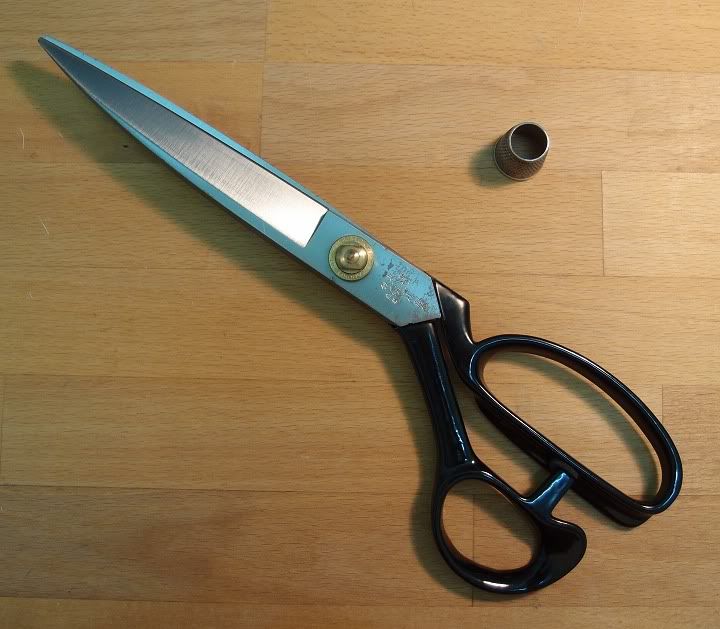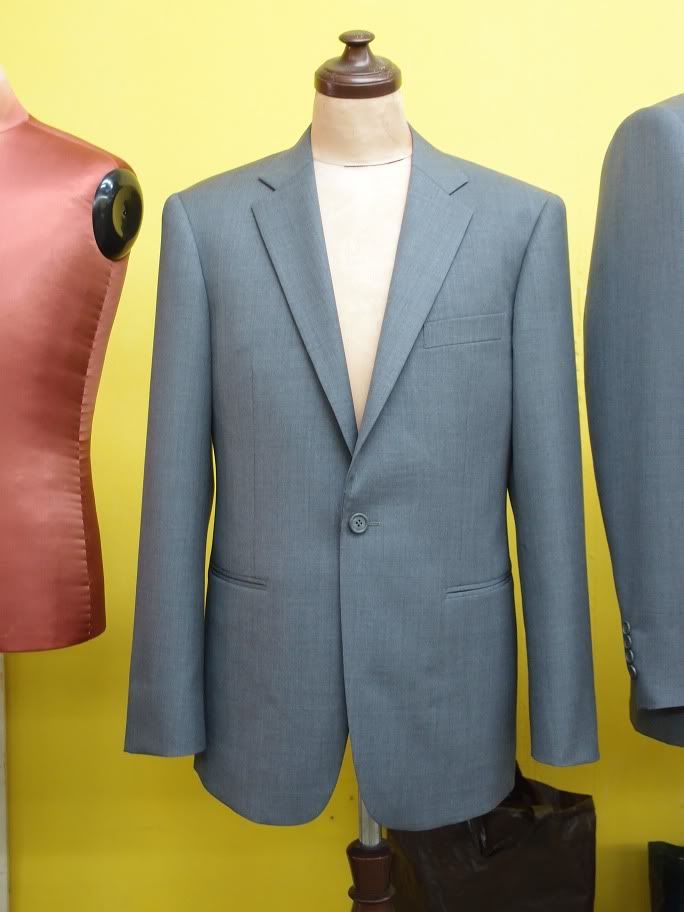I thought I misheard him. "You mean 6,000 ringgit?" I asked.
"No, sixty thousand ringgit," replied the sifu.
This is hard to believe. My sifu had just told me that he was once given a job -- the coat portion, of course -- for a suit that costed the customer RM60K. I asked him who the cutter was. The answer was enlightening. (But I can't tell you.)
"But even suits that cost 10K to 12K are not as uncommon as people might think," he said.
I was taught to make welted flapped cross pockets today. The sifu also troubleshooted my homework pockets. Turns out the gaping can be eliminated by a certain technique.
I have a dislike for the fusible he uses for the welts. They are these stiff white non-woven fusibles. So I asked him if it absolutely has to be fusibles like these. He said of course not. "Once upon a time we did not fuse the welts. We just use a cotton muslin to give it some substance. The reason we use fusing is because it is more convenient." The sifu said he will make me a pocket in the old way so that I may experience the difference in feel.
The sifu pointed to me a jacket made by his partner's side of operations (which consists of another old sifu and three Banglas). "Notice how the quarters kick out?"
"Now look at my jackets." The quarters curled towards the wearer's crotch.
Later, he supervised me as I made a pocket flap. I pressed it, and it came out overpressed. The sifu seemed indifferent to the problem. So I asked him, "Don't you think I overpressed it?"
"What? Noooo.." he replied.
"I think I did. Look, it is lifeless and limp," I said.
"You are very perceptive. So many people cannot tell the difference. They just press the thing and are not in tune to the subtilities of the cloth. Look at the flap I made for you. Pressed just right, no?"
Indeed it was.
"I can't give you any guidelines here. It's about feel," he said.








